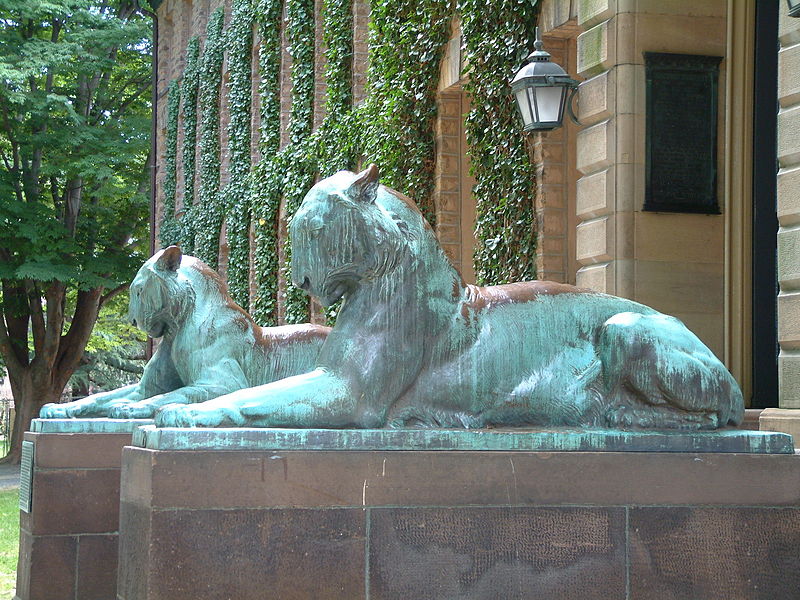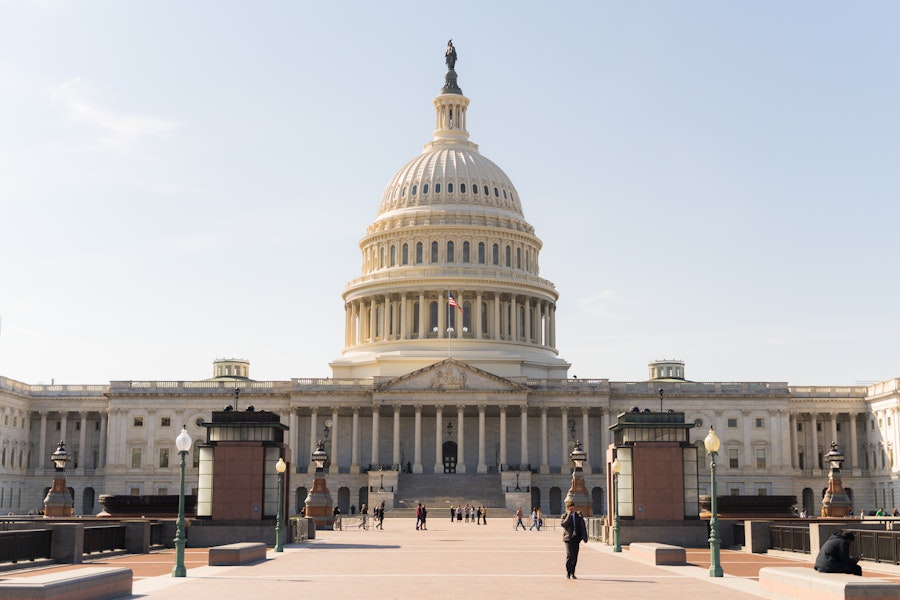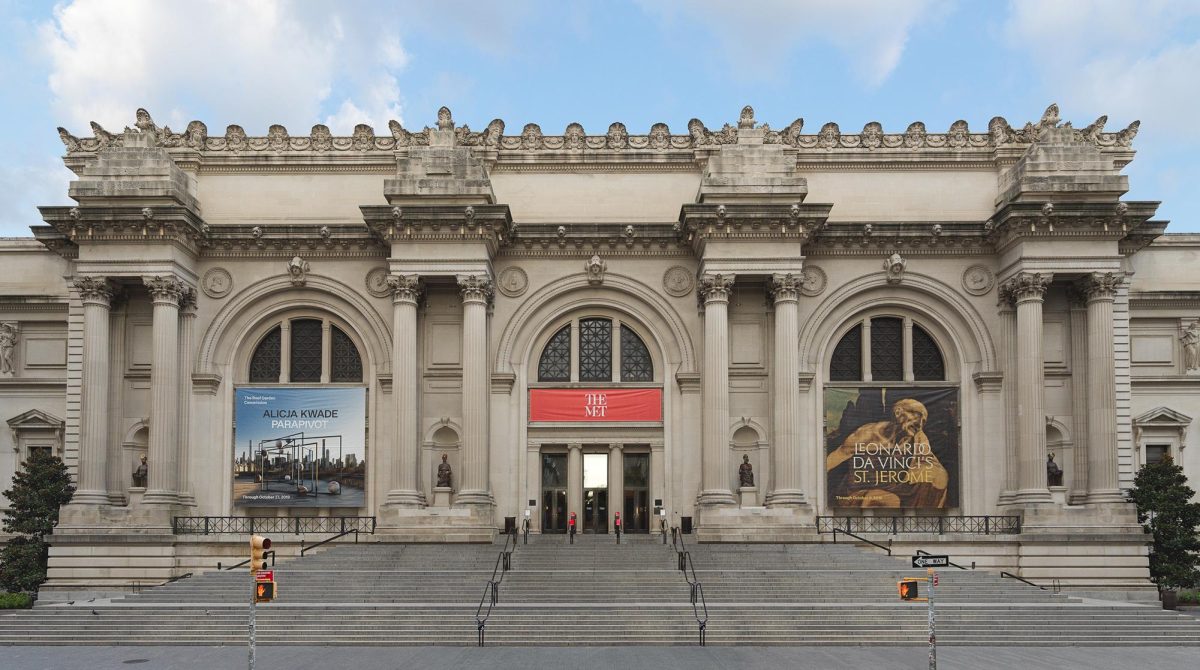Fairfax County Public Schools, Yale University, Princeton University, Georgetown University. These schools, among many others, have embarked on a movement to disassociate themselves from some of their eponyms.
These efforts are noble, but still raise the question: How far should schools and universities go to eradicate traces of racism from the names within their campuses? At what point are these institutions revising history rather than accepting it?
For example, just down the road, Fairfax County Public Schools is considering changing the name of two of its high schools: J.E.B. Stuart High School in Falls Church and Robert E. Lee High School in Alexandria. Students began a petition to change J.E.B. (James Ewell Brown) Stuart first, which was named after a Confederate general in the Civil War.
Subsequently, the Fairfax County School Board changed its naming policy in December, 2015, allowing a name change if there is a “compelling reason.”
At Yale University, students formed a petition signed by over 9,000 people to rename a residential hall which was named after John C. Calhoun, a man who was a staunch supporter of slavery throughout his life, yet also a graduate of Yale that went on to be vice president of the United States.
In November 2015, Princeton University faced pressure from students to remove Woodrow Wilson’s name from the Woodrow Wilson School of Public and International Affairs.
Princeton’s president has also agreed to begin the process of considering the removal of Wilson’s name from the school.
Wilson was a known racist, having implemented several segregationist policies during his time as the twenty eighth President of the United States and President of Princeton University. Yet, he formed several vital foundations for American society and economy regardless of race: the Federal Reserve Act and the Federal Trade Commision. And, regardless of what one may think of him, he did serve as President of Princeton and the United States.
Of course, it is key to recognize the imperfections of idealized individuals such as Lee, Calhoun and Wilson, and weigh their faults against their successes.
However, we cannot always hold our evolutionized standards to those who have lived before us. Those men lived in an era of racism and white supremacy, where believing in racial equality was unpopular.
Racism and white supremacy are not acceptable at any level. But to what extent should we condemn the actions and beliefs of those who lived a century, maybe more, before us?
Each individual school and university must decide where to draw the line between revising history and accepting it.









